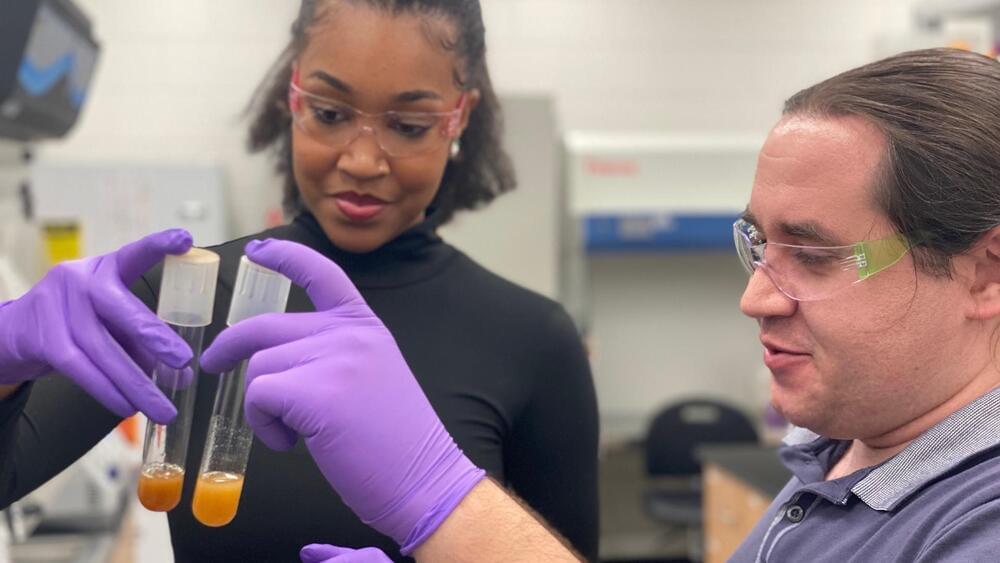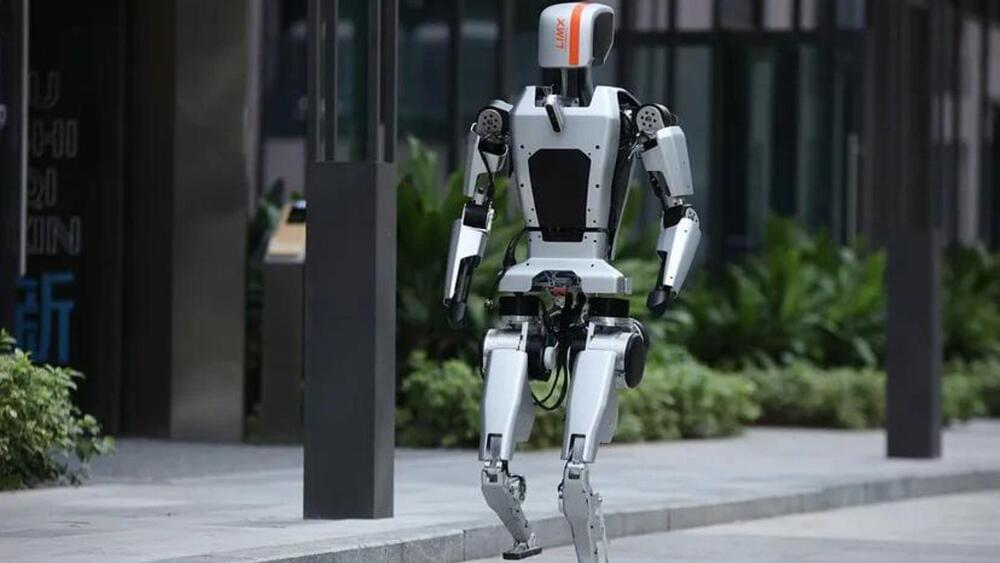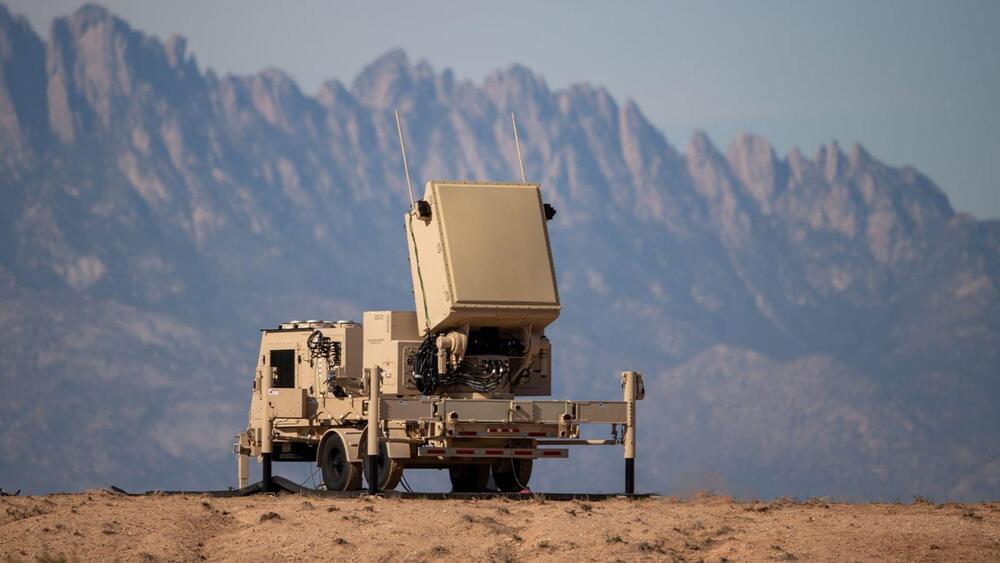In an internal memo, CEO Jason Citron said the company grew headcount too quickly over the past few years.
The company says it’s focusing on ‘quality and reliability’ while also laying off hundreds.
Several “underutilized” Google Assistant features will soon be joining the infamous Google graveyard — such as the ability to use your voice to send an email, video, or audio messages — as the search giant introduces changes it says will make the feature easier to use. The company is also changing how the microphone works in the Google app and Pixel Search bar.
Starting January 26th, users who activate any of the 17 Assistant features being removed will be notified that it’s being discontinued, with most features departing for good on February 26th, according to 9to5Google. This news comes less than a day after Google announced it was laying off around a thousand employees, some of whom worked on Google Assistant.
The Assistant features being removed will impact mobile, smartwatch, and smart speaker/display devices, though Google does offer workarounds to replicate some lost functionality. However, some features such as the Calm meditation service integration, are being removed entirely. The alternatives users are directed to are also not directly equivalent to many of the deleted features.
Last week, researchers at the West Virginia University Rockefeller Neuroscience Institute reported that by using focused ultrasound to open the blood-brain barrier, they improved delivery of a new Alzheimer’s treatment and sped up clearance of the sticky plaques that are thought to contribute to some of the cognitive and memory problems in people with Alzheimer’s by 32%.
For this issue of The Checkup, we’ll explore some of the ways scientists are trying to disrupt the blood-brain barrier.
In the West Virginia study, three people with mild Alzheimer’s received monthly doses of aducanumab, a lab-made antibody that is delivered via IV. This drug, first approved in 2021, helps clear away beta-amyloid, a protein fragment that clumps up in the brains of people with Alzheimer’s disease. (The drug’s approval was controversial, and it’s still not clear whether it actually slows progression of the disease.) After the infusion, the researchers treated specific regions of the patients’ brains with focused ultrasound, but just on one side. That allowed them to use the other half of the brain as a control. PET scans revealed a greater reduction in amyloid plaques in the ultrasound-treated regions than in those same regions on the untreated side of the brain, suggesting that more of the antibody was getting into the brain on the treated side.
Rice engineers create innovative framework, transforming global 5G network testing standards.
Rice University engineers innovate a testing framework for 5G networks, assessing stability, interoperability, energy efficiency, and communication performance through machine learning.
Georgia Tech researchers have engineered one of the world’s first yeast cells able to harness energy from light.
Scientists from Georgia Tech’s School of Biological Sciences have engineered one of the world’s first strains of yeast that may be happier with the lights on.
NASA scientists have identified unexpectedly massive clouds of cold gas within the spiral galaxy NGC 4,945, located 13 million light-years away.
As per the release, the revelation of this cold gas serves as the discovery of a “galactic fossil.”
The observations suggest that the gas likely rushed through this galaxy following the outburst from its supermassive black hole some five million years ago.
Elysian Aircraft’s revolutionary design challenges electric aviation norms, presenting a 90-passenger plane with an 800-kilometer range, reshaping the future of sustainable air travel.
Breaking barriers in aviation! Elysian Aircraft unveils plans for a game-changing 90-passenger electric plane, pushing the boundaries of eco-friendly flight.
LimX Dyamics claims CL-1 is one of the few humanoid robots around the world that achieves dynamic stair climbing based on real-time terrain perception.
The Chinese company claims that CL-1 stands out as one of the few models capable of dynamic stair climbing through real-time terrain perception among the global array of humanoid robots. This is achieved through sophisticated motion control and AI algorithms developed by LimX Dynamics, complemented by their proprietary high-performance actuators and hardware systems.
Environment perception
The firm says that the testbed biped bot is designed to “serve as a platform for tackling cutting-edge technology challenges in humanoid robots,” Evolving from the point-foot bipedal P1, CL-1 started as a stable and efficient base for developing and testing motion control algorithms for humanoid robots.
Recent regional space developments also include South Korea’s spy satellite launching aboard SpaceX amid North Korea’s surveillance satellites deployment.
Explore the latest in space tech – Japan’s spy satellite, South Korea’s success with SpaceX, and North Korea’s bold plans.
The test occurred at White Sands Missile Range, where the radar showed operational performance and readiness.









